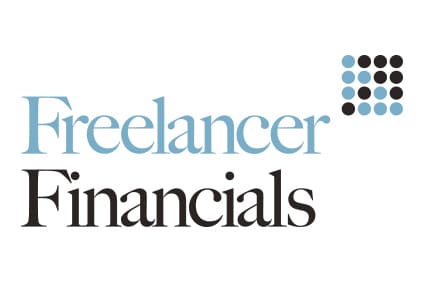As a general rule you should always try and take up to the higher rate earnings threshold (of £41,865 in current tax year) in salary/dividends and other income each tax year. This will always be the most tax efficient way of taking funds from your company as dividends are tax free up to this over income threshold with no NI to pay.
Once you have reached this point if you don’t need the money personally, it’s best to leave this in the company to accumulate in case you have a break in contract, you can then utilise the balance in the company to keep on drawing funds up to the higher rate threshold each year.
When you decide to close the company you would again make sure you’ve taken dividends/other income up to the higher rate threshold during that tax year and then check how much you have left in the company to draw down before closure.
If there is less than £25,000 then there is nothing to worry about, you would simply apply under ESC 16 as previously and take the remaining funds as a capital distribution and utilise the 10% tax rate for Entrepreneurs relief.
If there is more than £25,000 left in the company then there is a decision whether just to take remaining funds (leaving £25,000 to take as a distribution still) as a dividend and pay essentially 25% tax on the net dividend value or formally wind up the company with a Members Voluntary Liquidation (MVL) in order to get the 10% tax rate on the entire remaining balance.
For example if there is £31,000 left in the company and you go for MVL you could use your £11k Capital Gains Tax Annual Exempt Amount & Entrepreneurs Relief on the balance of £20k to pay tax at 10%. Total cost if the MVL fees were £2250 is £4,250 (ie £2000 + £2250). Without MVL (& take as dividend) the cost will be £31k @ 25% income tax + accountancy fees of say £250 to close the company, giving a total of £8,000.
If you’re not intending on earning any other income after closure you can of course leave the company open and draw dividends to the higher rate threshold for a year or two after you cease trading in order to draw the balance that way.
Pension contributions are certainly something worth considering. You may be able to put a lump sum into your pension (best direct from your limited company if you can) to take the distributable profit level down to below £25,000. However you are best talking to a financial advisor with regards to this so they can assess your circumstances thoroughly.
Article from Graeme Bennett of Forbes Young





Leave a Reply